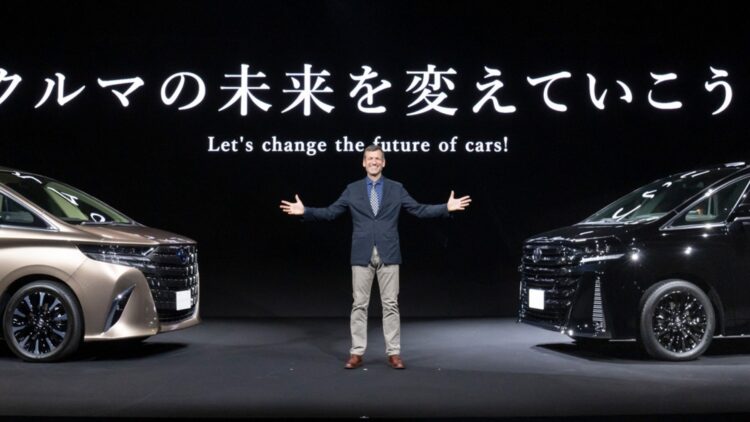There has been recent stiff competition in electric vehicles, and Toyota has now unveiled its new strategy known as Area 35. This ambitious plan is to challenge Tesla, avoid competition from Chinese EV manufacturers like BYD, and transform Toyota’s production lines to make cheaper, faster, and more efficient EVs.
The answer to the question of how Toyota, the world’s leading car manufacturer, intends to revolutionize the automobile sector is answered in this article.
Area 35 Plan: Toyota’s Vision to Overcome Tesla and BYD’s Market Share
Toyota’s Area 35 plan, which was implemented, aims to revitalize the company’s production without constructing new territories. However, the automaker plans to reduce the floor area used for the ICE car assembly line by 35% and use it for EV production.
This efficiency-oriented strategy enables Toyota to ramp up production without building and funding large-scale infrastructure projects, as Tesla has done with gigafactories.
The changes, already successfully introduced in 10 Japanese plants, have contributed to an additional production capacity of 80,000 vehicles in a year. By the end of the year 2030, the company is expected to expand these improvements across its 54 plants across the globe to manufacture 3.5 million electric vehicles per annum.
Toyota aims to halve the number of car parts to 65, simplifying manufacturing methods and reducing expenses. Reducing complexity implies automakers can respond to market changes by making production more precise and efficient.
This is good for improving the manufacturing speed and for Toyota to make quick investment decisions, lowering the risk associated with the fluctuating EV markets.
This strategy aims are described by Toyota’s CEO, Yoichi Miyazaki, as central to the company’s plan: “We are preparing to smartly build a system that can flexibly accommodate our customers’ choices.”
Fending Off Competition: Why Toyota’s Approach Is Different from Ford’s
This contrasts with competitors such as Ford, which have had to slow down on their EV investment following over-commitment to the segment. Overextension is one of the most significant drawbacks that Toyota does not experience since it relies on existing facilities and eliminates unnecessary inefficiencies.
This conservative but revolutionary strategy allows automakers to avail themselves of the EV market and simultaneously sustain the potency of their ICE and hybrid cars.
For instance, Toyota is in the process of simplifying its ICE and hybrid model offerings, which will help to rationalize manufacturing. But until now, it is still unclear which trims will no longer be offered, which adds to the speculation.
Among the key strengths of the Area 35 plan, the ability to produce cheaper and better EVs for consumers is one of the most encouraging. Rationalization of production should considerably reduce manufacturing costs, allowing Toyota to set attractive prices for its automobiles.
This is especially important given the current market spearheaded by BYD and other Chinese producers of cheap EVs. Toyota’s activities in this direction are already yielding results. The company has already implemented some steps that have shown positive results.
The rationale for bringing such models, such as the Land Cruiser SE concept, means that while going green, Toyota will deliver on reliability with a bit of touch on the latest technology. Here, Toyota wants to bring together these elements to encompass its traditional consumers and new enthusiasts of EVs.
Toyota’s Bold Move to Redefine EV Leadership in a Competitive Market
The Area 35 plan is not just a reaction to Tesla and BYD; it is Toyota’s strategic vision for the subsequent decades of the automotive industry. Through mainstreaming of efficiency, rationalization, and utilization of existing core competencies, Toyota stands to bring affordable and quality electric vehicles to the market in large volumes.
As the automotive world watches this ambitious project unfold, one thing is clear: What was hitherto a closely guarded Toyota corporate creed is now in the open: to steer the automotive industry back to Toyota. It’s a template through which traditional automobile manufacturers can operate in the EV environment.
Will Toyota’s Area 35 plan be effective in redefining the market of EVs? That is where it is; only time will tell the outcome of the journey the company has in store for its customers, not forgetting the great experience that comes with it.

